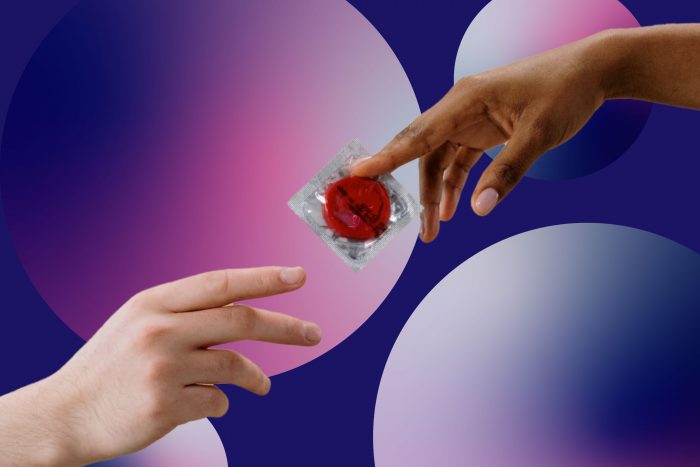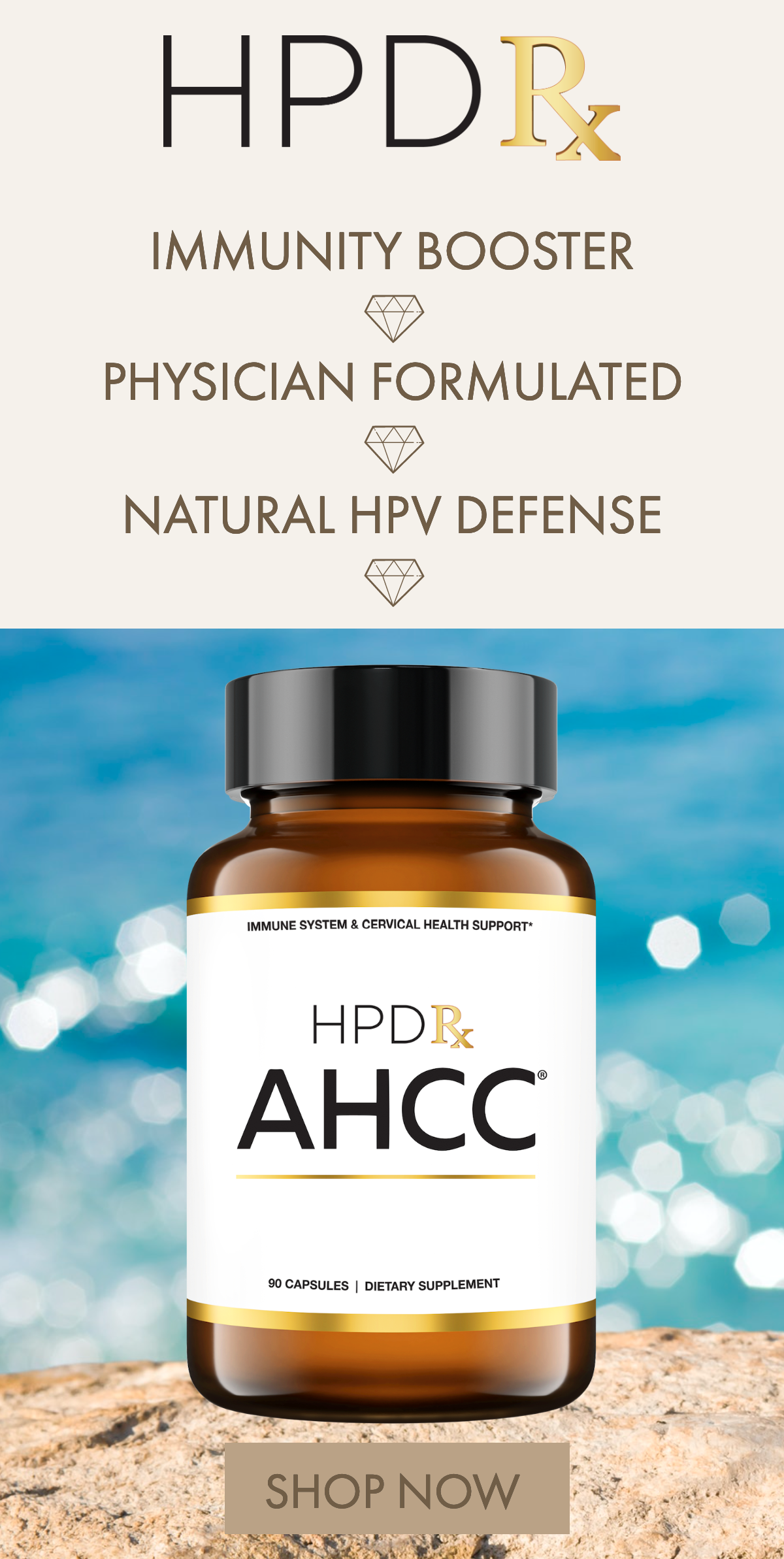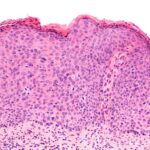
Since it became commercially available in 2006, the vaccine against human papillomavirus (HPV) has led to significant decreases in the rates of HPV and HPV-associated cancers in the United States. One study found that the number of teenagers and young women who tested positive for the four most common HPV types decreased by 81 to 88 percent in the four years after the vaccine was introduced compared to the four years prior to the vaccine. Other studies have shown the HPV vaccine prevents high-grade cervical, vulvar, and vaginal abnormalities in nearly 100 percent of young women who do not have HPV, protecting them against cancer.
The reason the HPV vaccine is so effective is that it protects against most of the HPV types that cause common and serious problems associated with the virus. Although there are over 200 different HPV types, only a limited number are responsible for disease. The low-risk HPV types 6 and 11 cause 90 percent of anogenital warts, and the high-risk HPVtypes 16 and 18 cause 90 percent of anal cancers. Gardasil 9, the HPV vaccine administered in the U.S., protects against the nine most important HPV types which are responsible for over 90 percent of cervical cancers.
HPV Vaccination Is Not Foolproof
For one, it does not eradicate HPV once it is already in the body. Despite its ability to prevent disease, HPV vaccination rates in the U.S. are suboptimal. Among females and males ages 13 to 17 years, only 42 and 28 percent, respectively, have completed the entire three-dose vaccination series. Since this is the age range at which most adolescents in the U.S. have their first sexual encounter, it is likely that they will acquire HPV during these years. Although people can “catch up” on their vaccinations until the age of 26, by this time they may have already acquired HPV that cannot be cleared by the delayed vaccine. Therefore, the longer a person waits to get the HPV vaccine, the less likely they will benefit from it. The optimal timing for HPV vaccination is prior to one’s first ever sexual contact.
Additionally, people can still become infected by less common HPV types even after receiving the HPV vaccine since it is not protective against all HPV strains. While these types are less likely to cause warts and cancer, in a small subset of patients these do occur. Some research has also shown that the rates of rare HPV types that are not covered by Gardasil 9 have increased in both vaccinated and non-vaccinated women in the period since the vaccine became available.
If vaccination is not foolproof against HPV, what about abstinence from sex?
Sexual activity is the way that HPV is most commonly spread, and statistically the more sexual encounters a person has, you will be more likely to acquire HPV. Key risk factors for HPV include being at a younger age when you first have intercourse, the number of sexual partners, intercourse with new partners, and/ or extensive sexual histories. Vaccinated people who practice safe sex or limit their sexual activity can decrease the chance that they will become infected with HPV types that are not covered by Gardasil 9. However, they do not decrease the chance of becoming infected with the nine HPV types already covered by the vaccine. It remains an open question how long Gardasil 9 can protect against acquisition of new HPV strains; current research shows that the vaccine can protect against HPV infection for at least 10 years, but more long-term data is needed.
HPV Transmission Without Sex
While abstinence is protective against HPV, there are two major ways that HPV can be transmitted apart from sexual contact.
HPV is transmitted by physically contacting anything that contains HPV on its surface, whether it be skin, mucous membranes, or even objects. Since HPV is known to survive in harsh conditions, it can resist heat, drying, and even chemical disinfectants such as alcohol. Therefore, HPV has been shown to be transmissible through objects such as clothing, gloves, and medical equipment in hospital and clinic settings. Among healthcare workers, those who work in women’s health settings face a greater risk. Any skin-to-skin contact that is not sexual in nature, especially if there is a wound on the skin, can lead to HPV transmission. For example, children can have HPV on their hands without knowing it (from physical contact with an infected parent) and “self-inoculate” by touching other areas of their body, meaning that they transfer HPV from one part of the body to another.
Another non-sexual way in which HPV is transmitted is via “vertical transmission.” This is when HPV is transmitted from a mother to her fetus or newborn. Though it is unclear how this happens, research shows that HPV can reach the fetus or newborn through the mother’s placenta, amniotic fluid, uterus, or vagina. Up to 80 percent of newborns have HPV detected in their nose, throat, or mouth if their mothers also had HPV. Although the virus can persist for months to years, it is typically cleared in infants who have healthy immune systems, and most do not get sick from it. Mothers can also protect their newborns from the HPV by being vaccinated.
In summary, the HPV vaccine and safe sexual practices drastically reduce the risk of acquiring HPV, particularly high-risk HPV types that can lead to cancer. However, since neither completely eradicates the risk of contracting HPV, routine screening via Pap smears and HPV testing according to national guidelines remains essential for women.
Sources:
Cox, J.T. & Palefsky, J.M. Human papillomavirus vaccination. In: UpToDate, Post, TW (Ed), UpToDate, Waltham, MA, 2023. (Accessed on September 29, 2023).
Hampson, I.N. (2022). Effects of the Prophylactic HPV Vaccines on HPV Type Prevalence and Cervical Pathology. Viruses, 14(4): 757.
Lee, S.M., Park, J.S., Norwitz, E.R., Koo, J.N., Oh, I.H., Park, J.W., Kim, S.M., Kim, Y.H., Park., C-W., & Song, Y.S. (2013). Risk of Vertical Transmission of Human Papillomavirus throughout Pregnancy: A Prospective Study. PLoS One, 8(6): e66368.
Palefsky, J.M. Human papillomavirus infections: Epidemiology and disease associations. In: UpToDate, Post, TW (Ed), UpToDate, Waltham, MA, 2023. (Accessed on September 29, 2023).
Petca, A., Borislavschi, A., Zvanca, M.E., Petca, R-C., Sandru, F., & Dumitrascu, M.C. (2020). (Non-sexual HPV transmission and role of vaccination for a better future (Review). Exp Ther Med, 20(6): 186.






